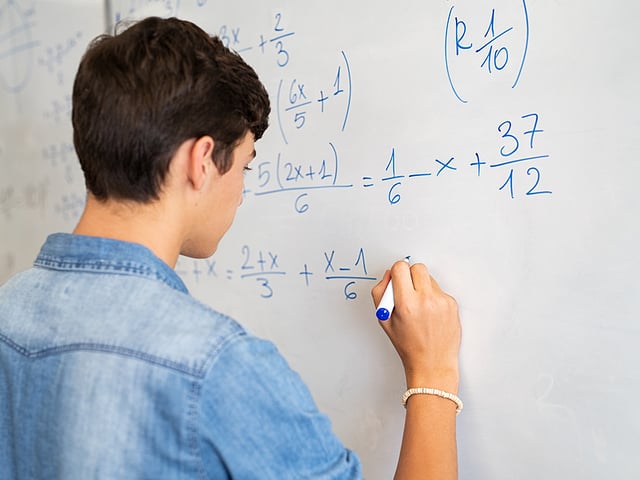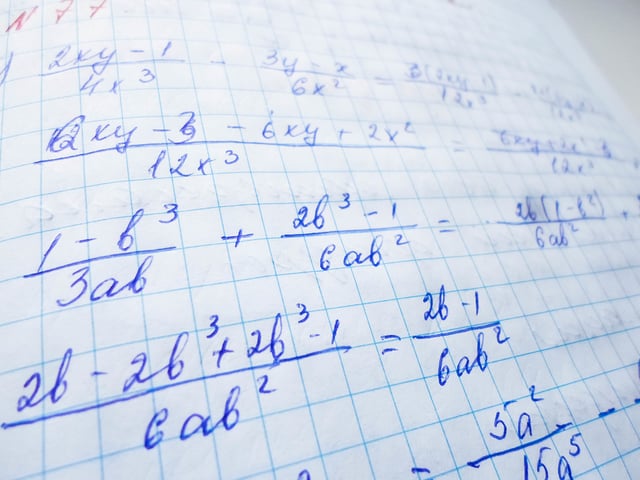
What Is “Quantitative Reasoning” on the ISEE?
Quantitative Reasoning (QR) is the use of basic mathematical skills to solve real problems in everyday life. It helps you to draw relevant conclusions to daily situations based on information provided. QR is one of the two math sections on the Independent School Entrance Exam (ISEE).
The exam is used both for admission to private schools, and for classroom placement once you are accepted. The Quantitative Reasoning section of the test focuses on your reasoning ability, and may have questions which do not require calculations. However, knowledge of basic mathematics is required for success on the questions.
What to Expect on the ISEE Quantitative Reasoning Section?
The ISEE is a timed test. You will have 35 minutes in which to complete 37 questions. All questions are multiple-choice with four possible choices. There are no “All of the above” or “None of the above” choices. An incorrect answer will not penalize you, so guessing is better than not answering at all. The test is not “Pass/Fail”—you will be scored based on your performance as compared to other test-takers in your same grade. You may take the ISEE online or at a testing center. If you take the test in person, there may be restrictions concerning what items are permitted, so look into this before you go.
How to Prepare for the Quantitative Reasoning Section
The Quantitative Reasoning section of the ISEE is comprehensive and questions at all grade levels will be presented. It’s not a good idea to try to learn anything new. Instead, you should review what you have already learned. This section of the test is made up of word problems and quantitative comparisons. These comparisons ask you to compare two values and they always have the same answer choices: A is greater, B is greater, A and B are equal, and It cannot be determined from the information given. Skills related to estimating, interpreting data and graphs, and logical reasoning will be important, as will be the knowledge of number properties and the rules of operations.
There may be questions requiring knowledge of algebra and geometry. To correctly answer the algebra questions, you should review properties of functions (linear and quadratic) and basic rules for performing operations and functions. For the geometry questions, you should know common formulas (such as area and circumference) as well as the properties of geometric figures (e.g., triangles, cones). Statistics is also an important tool in solving some of the problems.
What Other Topics Are Covered?
You will see additional areas of math covered on this test, such as those listed below:
- Data analysis and probability
- Presentation of data (e.g., graphs and charts)
- Measures of central value
- Types of data and variables
- Probability
- Problem solving
Your reasoning ability is the most important aspect of this test. If you review basic math principles and study using tools like ISEE practice tests, study guides, and flashcards you should do well. Good luck on the test!
Keep Reading

Independent School Entrance Exam Blog
Essay Writing Practice and Prompts for the ISEE
The writing test is always given with the ISEE, and it measures your ab…

Independent School Entrance Exam Blog
How to Tackle the Math Achievement Questions on the ISEE Test
The Independent School Entrance Exam (ISEE) Mathematics Achievement sec…

Independent School Entrance Exam Blog
Important Numbers and Operations Formulas for the ISEE Math Tests
Taking the ISEE Math tests can be confusing if you don’t know the diffe…